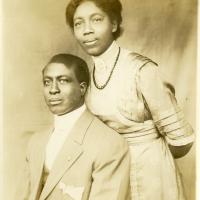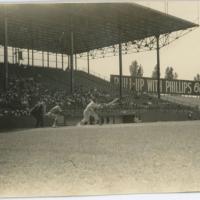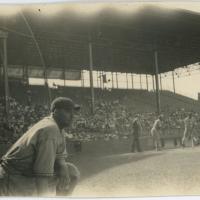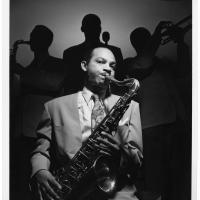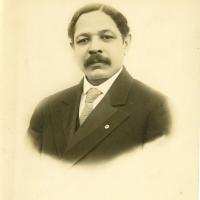Race Relations and Civil Rights
Kansas City’s cultural vitality was made possible in large part by the diversity of its citizens and by the oft-contested relationships among people of minority races and ethnicities. Prominent leaders confronted traditional legal, social, and political barriers. One of them, Lucile Bluford, opposed segregation by applying for admission to the University of Missouri school of journalism and documenting her struggle in one of the nation’s leading African American newspapers, The Call. African Americans and people of Irish, Mexican, and Italian ancestry comprised significant constituencies of the Pendergast political machine, and consequently they were able to exert unprecedented influence on the city’s politics and development.
There remained, on the other hand, strong resistance to racial liberalism. Hopes for true progress were often dampened by the corruption associated with machine politics. A resurgent Ku Klux Klan reached some six million members nationally by the mid-1920s, holding its second national convocation in Kansas City, Missouri, and exerting considerable influence on the Kansas side of the metropolitan area. As Professor Jeffrey Pasley argues, Kansas City’s contested racial and political landscape ushered in the transition of black voters from the Republican Party to the Democratic Party under the banner of the Pendergast coalition, years before the same party realignment occurred nationally under President Franklin Roosevelt.
Featured Article
There are world records for nearly everything, including cattle processing. And in September 1918, Kansas City broke them all. As World War I entered its final fateful months, the Kansas City stockyards handled more than 55,000 cattle in a single day and 475,000 for the month. That fall, during a remarkable three-month span, more than 1.3 million cattle passed through the city’s yards. The Kansas City cattle business was impressive, but add to these figures hundreds of thousands of sheep, hogs, and horses, and more than 3.3 million animals were yarded in the city. First seven, then 12, then 34 railroads brought these animals into the city and out again to distant markets.

